Every year, more than 1,000 startups join Station F, the iconic startup campus in Paris. As it can be hard to sift through 1,000 startup descriptions, Station F selects the 40 most promising startups and shares a list of what it calls the “Future 40.” The campus also invests in 10 of these startups (but never discloses that list).
The 10 startups it invests in participate in a program run by Station F itself or by a partner, such as Binance, LVMH, Meta, and Microsoft.
Station F’s flagship program is the Founders Program. Companies apply to join this highly competitive accelerator program and be invited to workshops and classes to iterate rapidly on their projects and get to product-market fit as quickly as possible. Station F now takes a 1% equity stake in these startups.
But the startup campus also runs the Fighters Program, which is specifically designed for entrepreneurs with underprivileged backgrounds. It has also run vertical-specific programs in the past — such as the FemTech Program — when the Station F team believes startups in a specific vertical need additional support.
AI everywhere
Startups in this year’s batch have already raised €93 million to date (a hair less than $100 million). While entrepreneurs tackle a variety of sectors, 34 of the 40 startups are using artificial intelligence. It’s clear that every new startup going forward will incorporate AI in some way.
Looking at this year’s Future 40 startups, some names stand out of the selection — such as Arago, a startup working on new AI-focused chips that use optical technology at the chipset level to speed up operations. Or EXXA, a startup that’s optimizing AI inference to bring per-token rates down.
Expect to see more startups focused on optimizing AI workloads now that innovation in AI model development is drastically slowing down.
Elsewhere, Altrove (a startup we previously covered) and Entalpic are both working on materials research. These are just two startups in a new wave of materials companies that have turned to AI to accelerate development.
In this year’s Future 40, there are also quite a few startups working on energy optimization. For instance, Optimmo is a remote companion that can help home owners improve the energy performance of a house or apartment with the most efficient retrofitting works. Kelvin is another interesting home energy retrofitting startup that we’ve already covered.
Orus Energy is a software solution that shifts energy loads to off-peak hours. With these optimizations, companies can save on costs and reduce their carbon footprint.
Many other startups deserve mention, but we’ll keep this section brief so you can explore the Next 40 directly (full list below). We’ve also covered some of them already here on TechCrunch, such as Koyeb and Presti.
Here’s the full list of this year’s Next 40 startups at Station F:
.omics (Dotomics): .omics is crafting personalized plants that will meet the demands of a changing climate and an evolving world, addressing critical societal challenges such as enhancing food security for a growing population and advancing sustainable, plant-derived medicines.
.txt (dottxt): .txt is a tool which makes LLMs reliable enough for the world to build on. The team is creating an ecosystem where developers can design, execute, deploy, and evaluate LLM applications.
Altrove: Using the latest advances in AI models and lab automation, Altrove develops and manufactures alternatives to critical yet insecure materials needed to reach net zero, bridging the gap between prediction and industrial application. Their patent-pending technology enables them to develop new materials 100x faster than ever before.
Arago: Arago creates a unique component to overcome both computing and memory limitations, by using a totally different medium: light. Arago was founded by a trio of AI researchers and physicists from École Polytechnique and MIT, backed by executives from leading AI and semiconductor companies, including Arm’s GM, Intel’s CTO, Hugging Face’s CSO, Apple’s VP, and others.
Biolevate: By harnessing the power of AI, Biolevate turns mountains of data into actionable insights, accelerating the discovery of breakthrough treatments, and transforming the pace of innovation. They’re automating the tedious and complex, freeing up the brightest minds to focus on what truly matters: making revolutionary scientific discoveries.
Bluco: Bluco helps companies fill open positions within a week by bringing AI to messaging apps and integrating into current recruitment platforms.
CarbonFarm: CarbonFarm pioneers satellite-verified carbon credits in agriculture, starting with rice. They unlock additional revenues for farmers adopting sustainable practices, while helping corporations reach their net-zero goals. CarbonFarm has raised a €2.5 million seed round.
CleanMob: CleanMob is a B2B car green tech revolutionizing automotive telematics by enabling companies to boost their vehicle fleets’ performances and productivity using connected car data and cutting-edge virtual sensors technology.
COMIN: COMIN is the first ride-hailing platform to offer a fair, sustainable and participative model, built to redefine urban mobility by empowering drivers and delivering affordable, eco-friendly rides to passengers.
Corma: Corma has built an IT copilot that monitors, governs, and automates your software licenses and identities.
Drawbridge Labs: Drawbridge Labs is building the studio of the future based on a SaaS platform for computer-generated imagery (CGI) production to empower a new generation of content creators. The founders are entertainment industry veterans with senior leadership experience at Disney, Pixar, and Wētā Digital.
Entalpic: Entalpic is an AI company dedicated to accelerating materials research to drive a fair ecological transition. The team develops a machine learning platform to discover new catalysts that optimize chemical reactions, cutting CO2 emissions in key industrial processes and making a substantial environmental impact.
EXXA: EXXA is building the most efficient batch inference infrastructure to process high-volume workloads and generate high-quality tokens at a fraction of typical costs.
Formality: Formality helps companies and their legal teams secure revenue and control spending thanks to its automatic contract monitoring platform.
ICONO: ICONO allows any media producer to create their own AI video search engine.
Jimini: Jimini’s mission is to automate most low-value tasks, allowing legal professionals to focus on higher-value work. Their AI-powered co-pilot assists professionals in law firms and in-house counsel with research, analysis, and drafting, delivering unmatched efficiency and accuracy.
Kelvin: Kelvin is a B2B SaaS that generates home energy retrofit plans. Earlier this year, the startup raised €5 million. The CEO, Clémentine Lalande, is a graduate of Centrale Paris and TU Berlin. She’s the former CEO and co-founder of Once, a dating app that grew to 12 million users across eight European countries.
Koyeb: Koyeb provides a serverless cloud for developers and teams to seamlessly deploy apps and databases on high-performance infrastructure around the world. The platform is the fastest way to run low-latency AI workloads, web applications, and APIs globally.
Kulipa: Kulipa created a debit card issuer for crypto wallets. They make crypto payment as smooth and fast wherever Mastercard and Visa are accepted. With their white-label platform, they provide a solution that covers both the technical and regulatory requirements of card payments.
Leadbay: Leadbay is a domain-specific AI model for B2B sales, trained on companies in their local market and its knowledge domain (CRM, ERP, CSV), that’s capable of predicting their next customers.
Leanear: Leanear empowers organizations to secure multimodal AI solutions by protecting their data in the cloud beyond traditional perimeter security.
Leasi: Leasi revolutionizes the way consumers access their technology products to make it more flexible, economical, and green.
Moneco: Moneco is the neobank of the French-speaking African diaspora based in Europe. They make it easy for their users to open a bank account (only a passport is needed) and give them access to a range of financial services (FR IBANs, international VISA card, P2P, wire transfers, instant remittances to Africa).
Neuralk-AI: Neuralk-AI develops their own AI embedding models specialized for structured data representation, allowing enterprises to build custom AI solutions that accurately interact with their own structured data.
Optimmo: Optimmo accelerates energy retrofitting with a state of the art tech enabling every real estate owner to have the best retrofit scenarios, 100% remote.
Orus Energy: Orus Energy is an energy flexibility software enabling consumers to automatically shift flexible loads off carbon peak times, thereby supporting the balance and resilience of the power grid.
Pollen Robotics: Pollen Robotics is revolutionizing the field of robotics by creating open source humanoid robots that address critical challenges in automation. Their mission is to empower the AI community with cutting-edge, human-like robots designed for complex physical tasks, improving efficiency and solving labor shortages across industries.
Presti: Presti helps furniture companies create product visuals with AI. Unlike other generative AI tools, their core model is optimized for furniture products and includes multiple features tailored to the unique needs of the furniture industry. Earlier this year, the team raised €3.5 million.
Qevlar AI: Qevlar AI revolutionizes security operations centers with its autonomous, explainable AI-powered alert investigations. Seamlessly integrating into any environment, it leverages existing resources to conduct comprehensive analyses, providing analysts with actionable insights.
Raidium: Raidium has pioneered the first-ever radiological foundation model, dubbed the “GPT” of radiology. This AI breakthrough aims to create an imaging biomarker factory for clinical and research purposes, embedded in an AI-native platform to address precision medicine’s complexities.
Rakoono: Rakoono is the first AI study companion in every student’s pocket. Powered by machine learning, LLMs, and VLMs, Rakoono breaks down problems step-by-step, generates quizzes aligned with upcoming deadlines, creates exercises based on students’ passions, and keeps parents in the loop with weekly progress reports.
Rounded: Rounded is a comprehensive platform that enables any company to easily assemble, deploy, and monitor AI voice agents at scale.
Steerlab: Steerlab is an AI-first solution that helps pre-sales teams automate over 80% of their responses to requests for proposals (RFPs), security questionnaires, and other vendor documents.
Syntetica: Syntetica uses green chemistry to close the loop on synthetic textiles, starting with nylon. Founded in 2023, the startup raised a €4.2 million seed round led by EQT Ventures. The team is working with Victoria’s Secret and ETAM as its first customers to deliver 100% recycled nylon materials.
Theremia: Theremia is an AI-powered platform that creates drug derivatives for specific population subgroups, particularly targeting neurological disorders. By utilizing multi-scale algorithms, along with advanced machine learning techniques, it optimizes drug properties — such as dosage, frequency, and formulation — to enhance efficacy and minimize side effects.
Twelve: Twelve is an AI practice management software for dental offices.
Twenty: Twenty is a modern, powerful, and affordable open source CRM platform for managing customer relationships. Built around customer data and adaptable to unique workflows, Twenty is designed to meet the evolving needs of fast-growing companies.
Upstream: Upstream is an email client designed for team collaboration. It adds features such as channels and task-tracking functionality on top of a typical email client, so that teams can have full context and transparency on all of their conversations, and make decisions more efficiently.
Vazy Data: Vazy Data is a simple and intuitive AI data analysis co-pilot that helps companies manage their decisions with ease and speed.
Veeton: Veeton is a cutting-edge AI platform that develops proprietary models to transform fashion imagery. It generates on-model photos from flat images, allowing brands to create high-quality visuals quickly and at scale.
TechCrunch has an AI-focused newsletter! Sign up here to get it in your inbox every Wednesday.

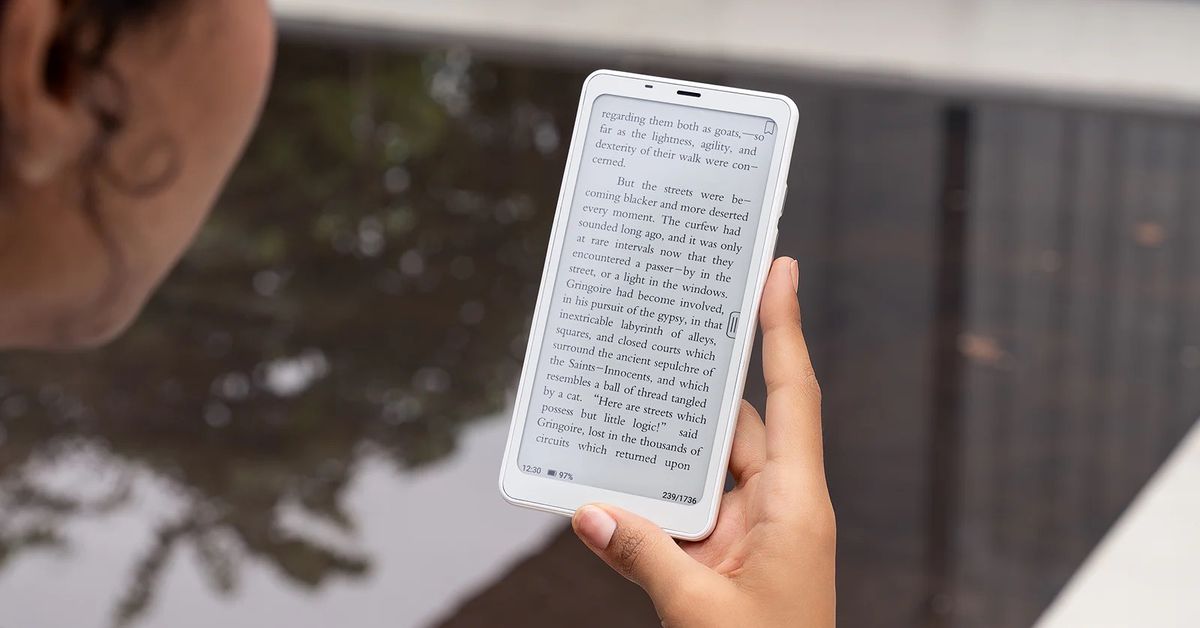
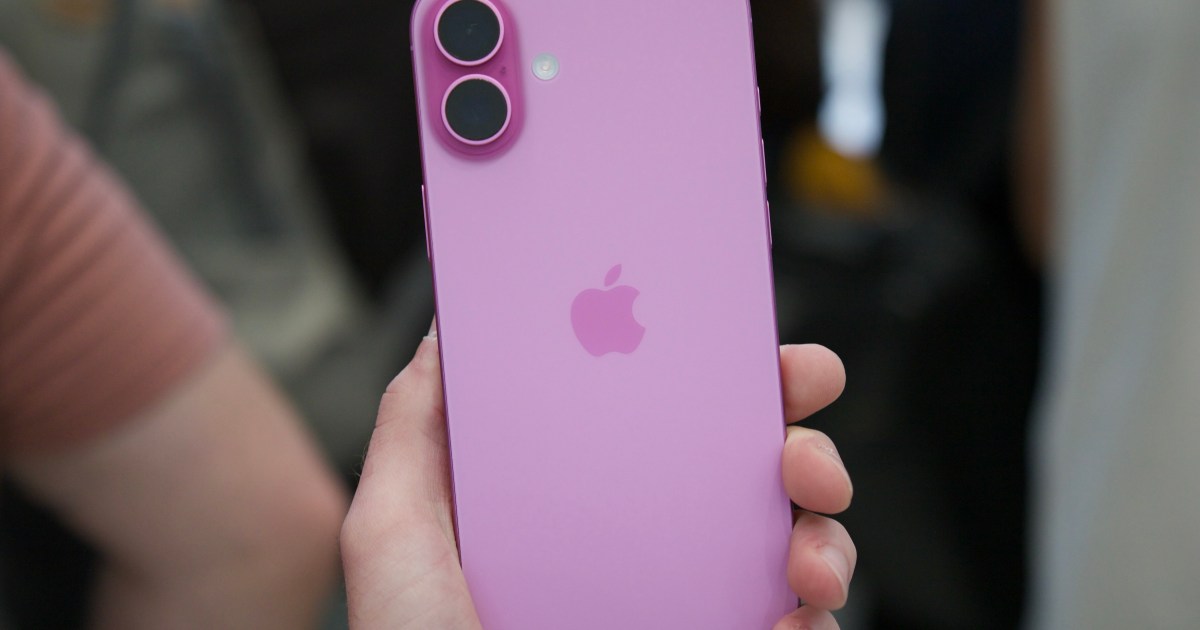





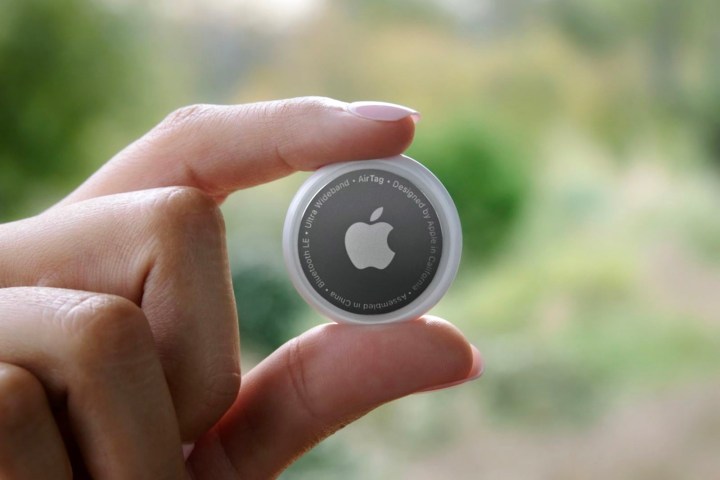





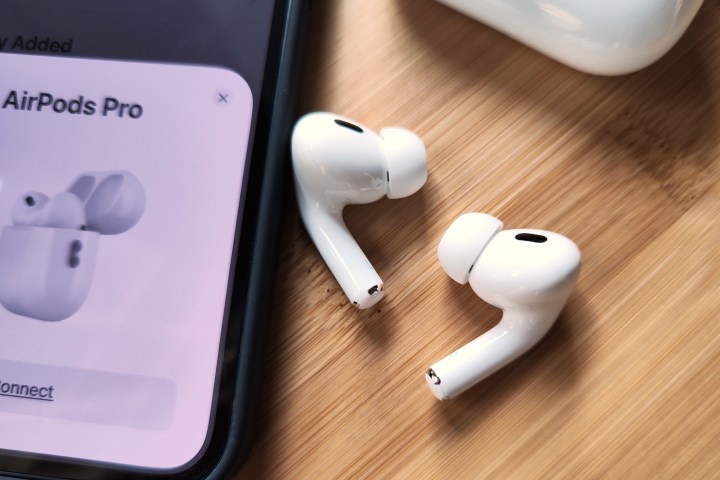









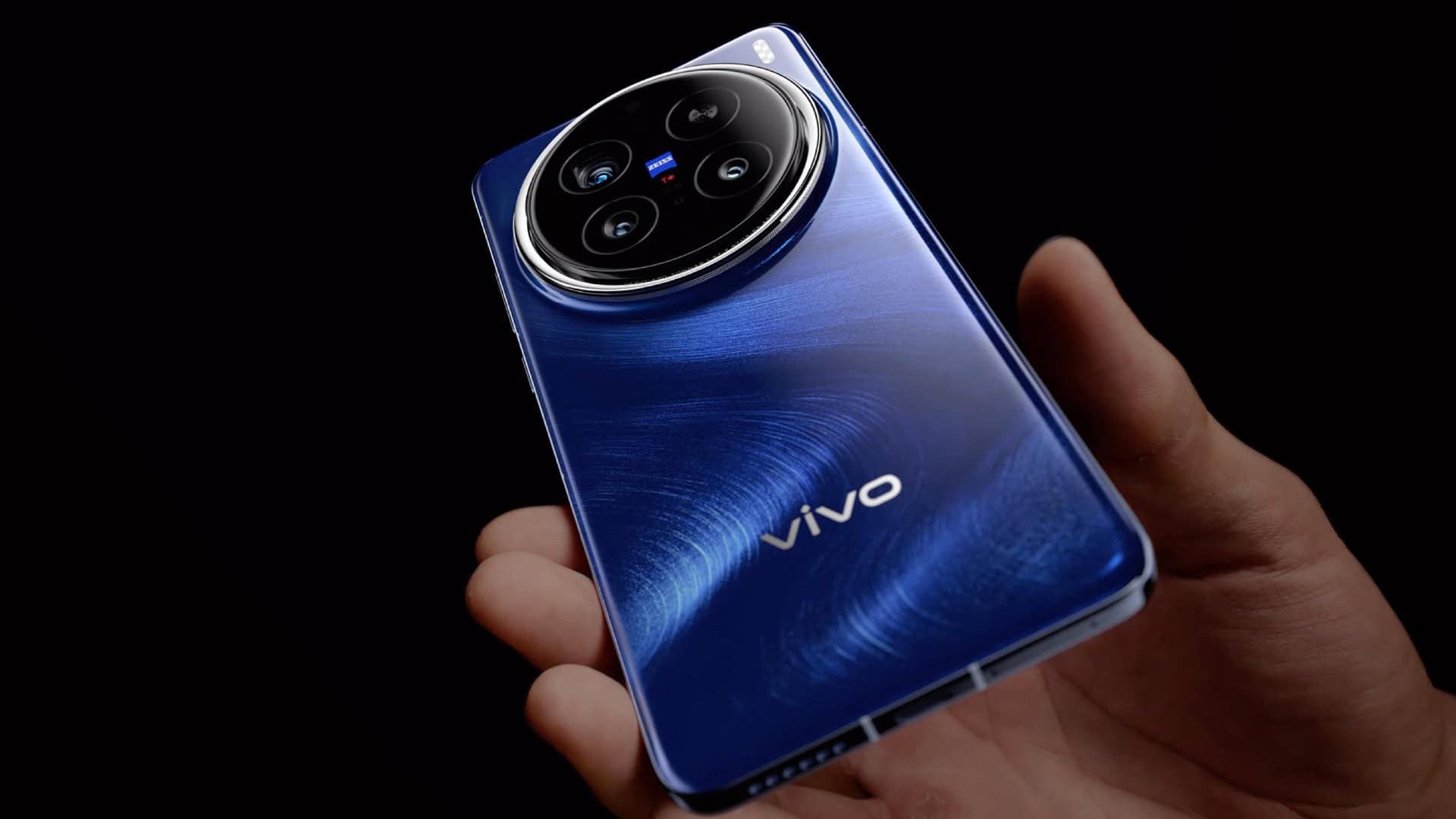
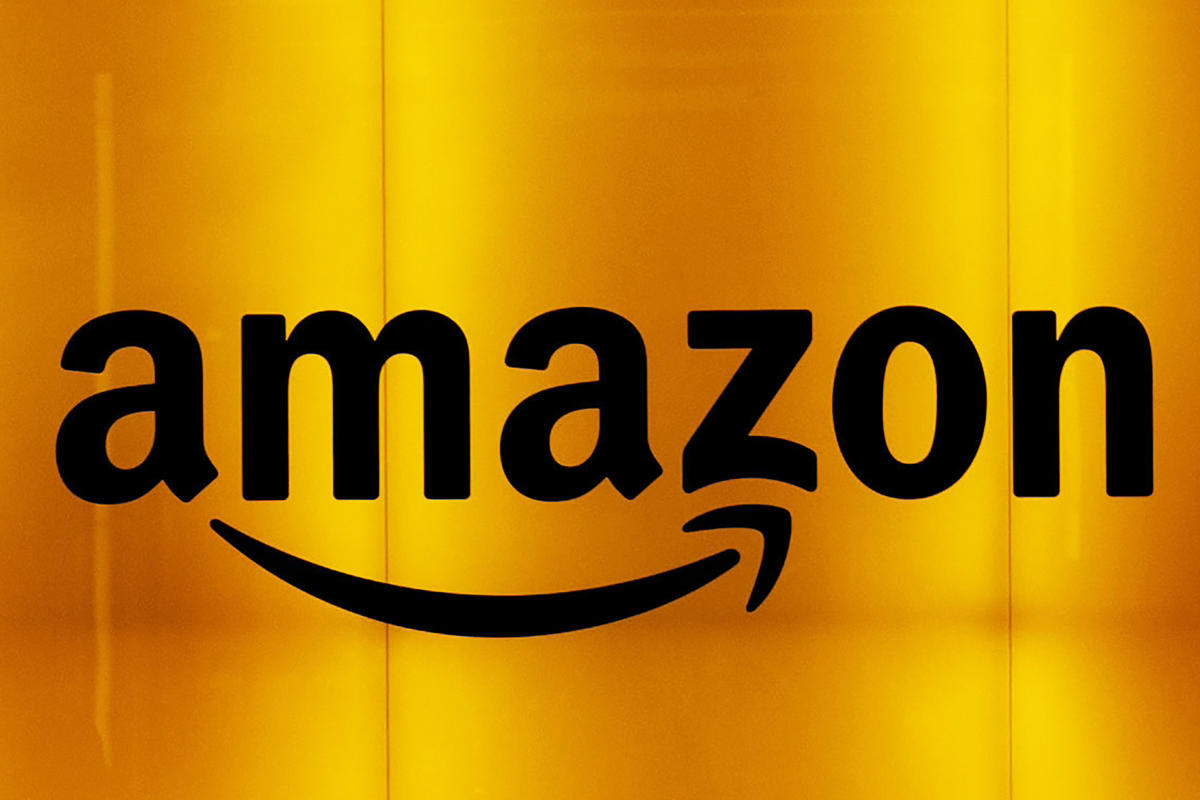


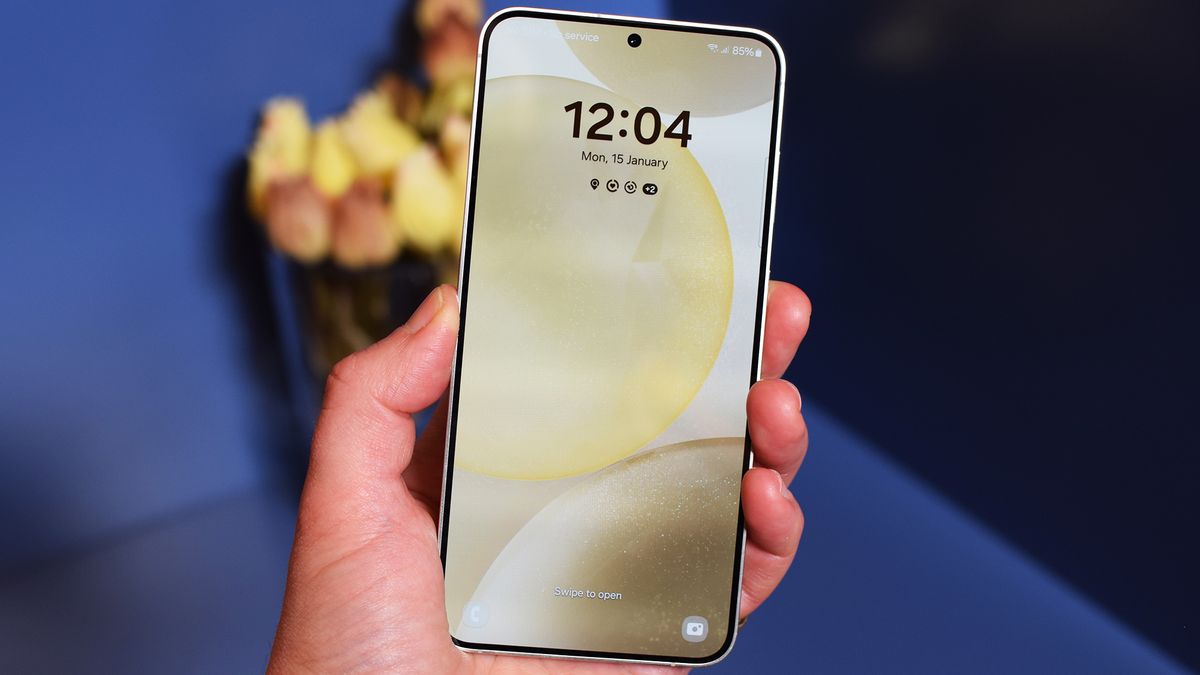
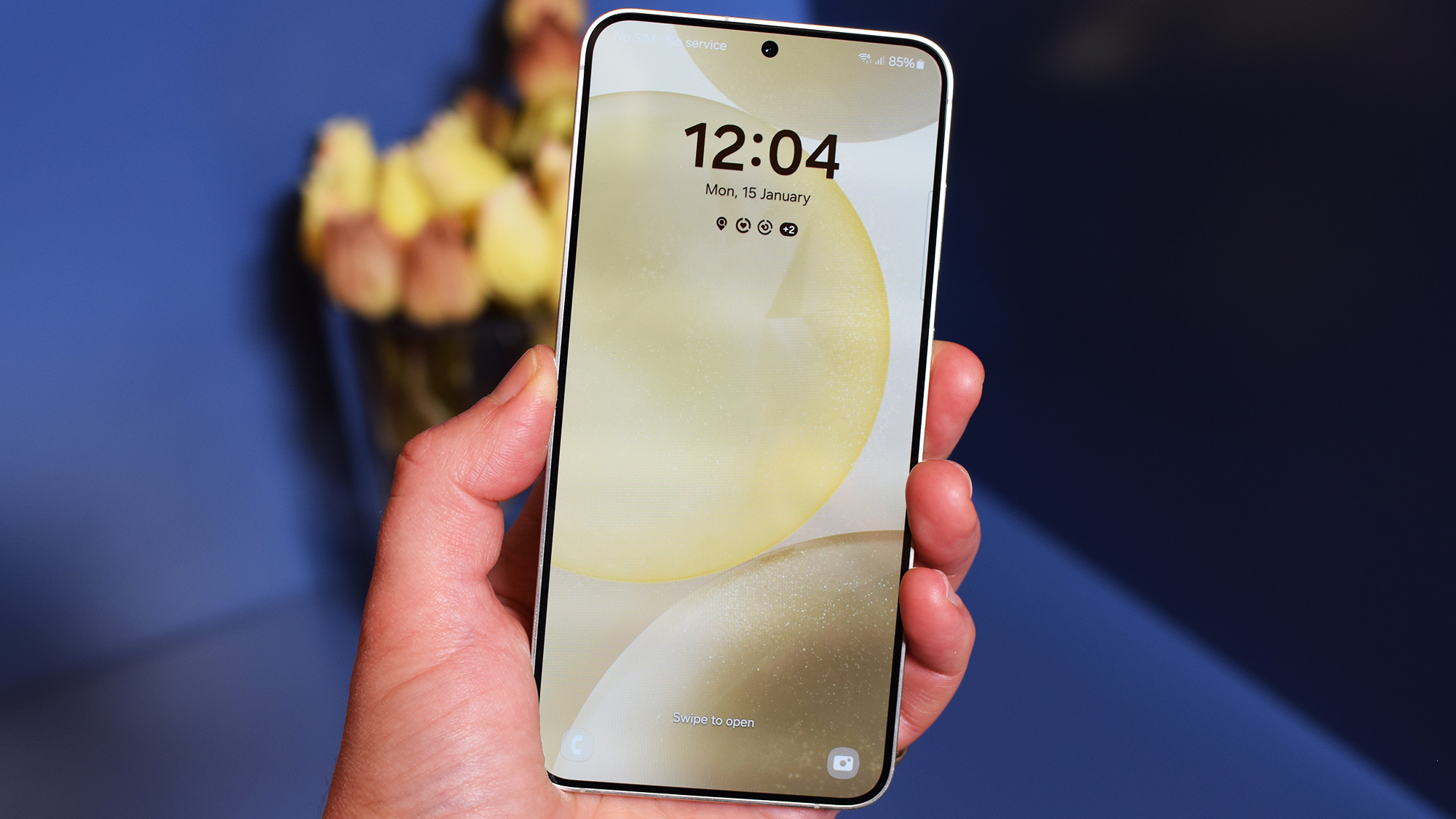

































































































































































You must be logged in to post a comment Login